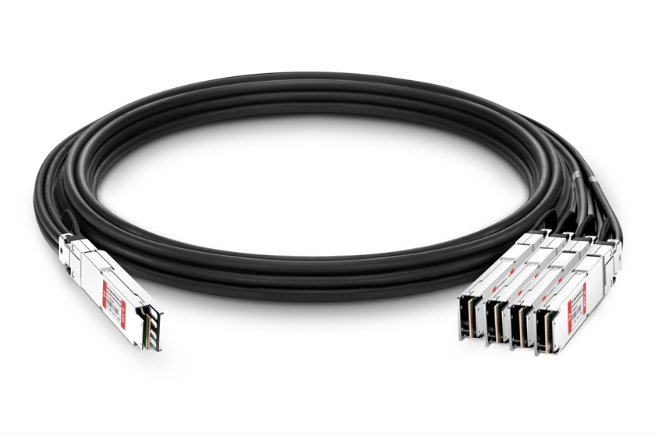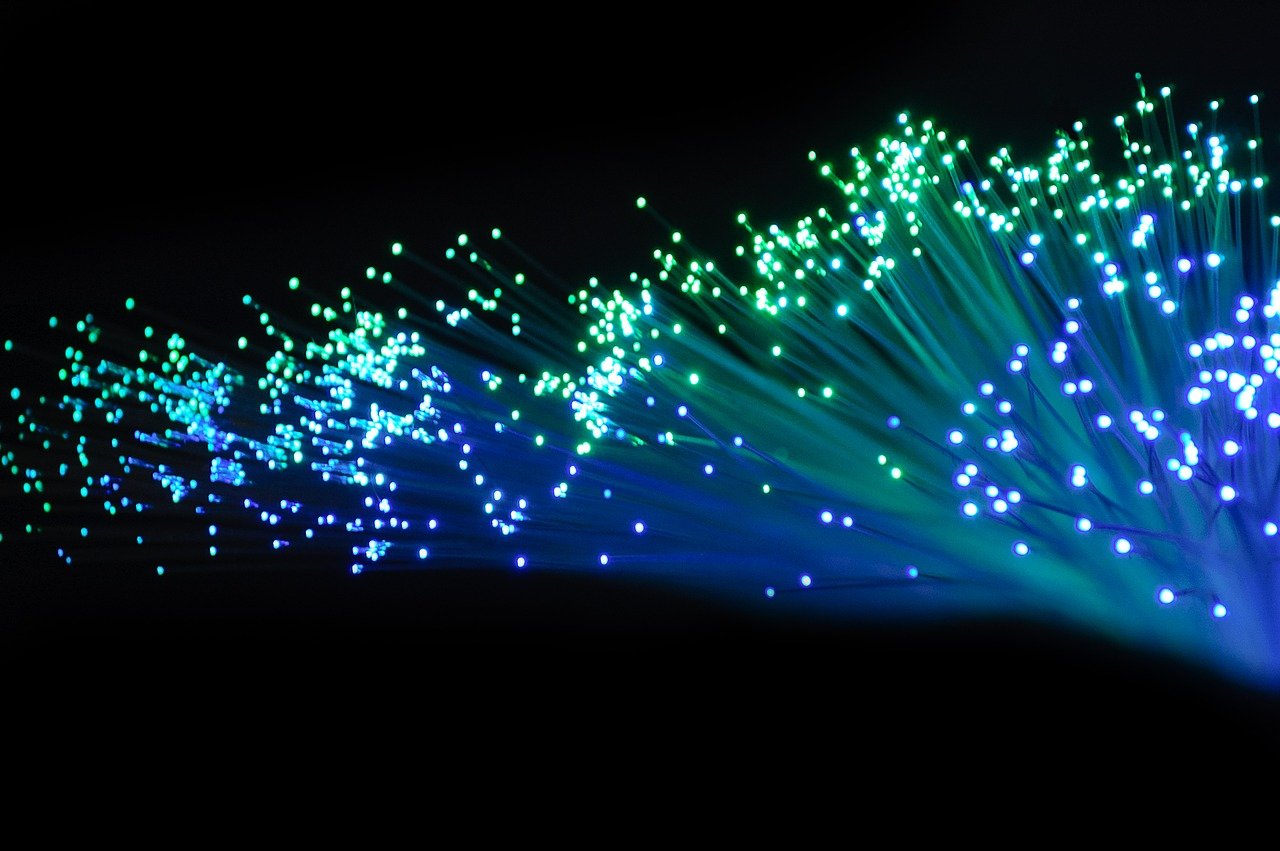Understanding the Conversion of 2ft to Metres in OSFP Compatible Cables

Converting 2ft to Metres
Understanding the Conversion Process
In the world of networking, accurate cable length is crucial, especially when dealing with high-speed technologies like OSFP. When converting 2ft to metres, it's essential to understand the precise measurements required for seamless integration into network setups. Additionally, being able to convert 2ft to metres ensures that the cables meet the necessary standards for optimal performance.
Exploring Conversion Formulas
Converting 2ft to metres involves a straightforward formula that allows for easy and accurate measurements. By understanding this conversion process, network engineers can ensure that they are using cables of the correct length for their OSFP technology setups.
Highlighting OSFP Compatible Cables Benefits
Using OSFP compatible cables offers numerous advantages in network infrastructure. These cables are designed to work seamlessly with OSFP technology, providing high-speed capabilities and ensuring compatibility with modern networking standards.
OSFP Technology Overview
Understanding OSFP Technology
OSFP, or Octal Small Form-factor Pluggable, technology is a high-speed networking interface that plays a crucial role in modern network infrastructure. It is designed to meet the increasing demands for higher bandwidth and faster data transmission. The compact form factor of OSFP modules allows for greater port density on networking devices, making it an efficient solution for space-constrained data centres and network setups.
The benefits of using OSFP compatible cables in network setups are significant. These cables are specifically designed to work seamlessly with OSFP technology, ensuring optimal performance and reliability. They provide the necessary connectivity for high-speed data transmission while maintaining compatibility with modern networking standards.
Features of OSFP Technology
High-speed capabilities: OSFP technology offers exceptional speed capabilities, making it suitable for high-performance networking applications where fast data transfer is essential.
Compatibility with modern networking standards: The compatibility of OSFP technology with modern networking standards ensures interoperability and seamless integration within diverse network environments.
Importance of Cable Length Conversion
Accurate Cable Length in OSFP Technology
Ensuring accurate cable length is paramount in OSFP technology as it directly impacts network performance. When cables are not the correct length, it can lead to signal degradation, data loss, and ultimately affect the overall efficiency of the network. Adhering to precise cable length standards is essential for maintaining the integrity of high-speed data transmission in OSFP setups.
In modern networking environments, precise cable length measurements play a crucial role in ensuring seamless connectivity and optimal performance. The adherence to cable length standards set for OSFP technology guarantees that the network operates at its highest capacity without any compromise on data integrity or speed.
Conversion Formulas for Feet to Metres
The conversion process from feet to metres is straightforward yet critical for accurate cable length measurements in networking. By converting 2ft to metres, network engineers can ensure that the cables are precisely measured according to the required standards. This precision is vital for maintaining the efficiency and reliability of network connections, especially in high-speed setups like those using OSFP technology.
Converting 2ft to metres involves multiplying the number of feet by 0.3048, which yields the equivalent length in metres. This simple formula allows for precise measurements that are essential for achieving optimal network performance.
Significance of Fibre Optic Cables
Role of Fibre Optic Cables in Networking
Fibre optic cables play a pivotal role in modern networking, offering unparalleled advantages over traditional copper cabling. Their ability to transmit data using light signals enables them to cover longer distances without any signal degradation. This makes them ideal for connecting remote network segments and providing high-speed connectivity across extensive areas. Additionally, fibre optic cables are immune to electromagnetic interference, ensuring reliable data transmission even in electrically noisy environments.
The use of fibre optic cables in networking infrastructure also contributes to enhanced security, as they are extremely difficult to tap into without detection. This makes them a preferred choice for transmitting sensitive data across networks. Furthermore, their lightweight and compact design make installation and maintenance more manageable, reducing the overall operational costs associated with network deployments.
Benefits of Fibre Optic Cables in OSFP Technology
In the context of OSFP technology, fibre optic cables offer significant benefits that align with the high-speed capabilities and compatibility requirements of this advanced networking interface. The use of fibre optic cables enhances network performance by facilitating the seamless transmission of large volumes of data at incredibly high speeds. Their compatibility with OSFP technology ensures that these cables can fully harness the potential of this cutting-edge networking standard, enabling efficient and reliable data transfer within network setups.
The inherent characteristics of fibre optic cables make them an ideal choice for supporting the demands of OSFP technology, contributing to improved network efficiency and performance.
Enhancing Network Performance: Converting 2ft to Metres
Impact of Cable Length Conversion on Network Performance
The accurate conversion of 2ft to metres significantly impacts network performance. Precise cable length measurements ensure optimal signal integrity and data transmission, minimizing the risk of signal degradation or loss. This, in turn, enhances the overall efficiency and reliability of network connections, particularly in high-speed setups such as those utilizing OSFP technology.
The Role of OSFP Compatible Cables in Improving Network Efficiency
OSFP compatible cables play a pivotal role in improving network efficiency by seamlessly integrating with OSFP technology. Their ability to support high-speed data transmission while adhering to precise length standards contributes to the overall reliability and performance of network infrastructures.
The Significance of Fibre Optic Cables in Modern Networking
Fibre optic cables hold significant importance in modern networking, offering unparalleled advantages over traditional cabling solutions. Their ability to transmit large volumes of data over long distances at high speeds contributes to the enhanced performance and efficiency of network setups.
See Also
Selecting the Best Option for Long Span Applications: ADSS Fiber Cable vs. Other Cables
Efficient Cable Solutions with Preconn: An On-Site Termination Guide Made Simple and Quick
The Function of Fibre Optic Cables in Below-Ground Installations
Simplifying Setups: FiberHome Flat Drop Cable
Advantages of ADSS Fibre Optic Cables for Overhead Power Lines


